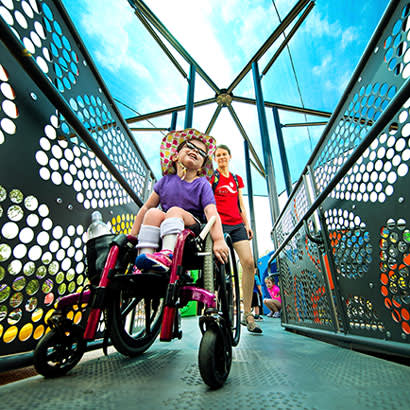
As we prepare for the upcoming year, we carefully consider the issues communities face, the challenges they overcome, and their goals for improving the overall quality of life. We also analyze data and feedback from leading park and recreation professionals, landscape architects, and educators to determine trends in park and playground products for 2021. These trends indicate the industry's direction in the upcoming year while simultaneously calling attention to innovations from 2020.1:50:21
“As an industry leader in innovation and improvement, GameTime hopes to shed some light on park and playground trends for 2021,” said Fred Wiechmann, GameTime vice president of marketing and product development. “By listening to communities and the leading voices in our industry, we hope to provide the communities we serve with updated, accurate information on the state of play.” Here are the top five park and playground trends for 2021:
1. Inclusion and Equity
The first significant trend for 2021 is the growth and improvement of inclusive playgrounds. Although accessible, universally designed playgrounds have been increasing in popularity over the past few years. The year 2021 will take these playgrounds to another level.
In 2020, GameTime saw architects and designers expand on the concept of inclusive design to move beyond the basics of meeting the Americans with Disabilities Act (ADA) standards. Using research and design best practices, like the information found in Me2: 7 Principles of Inclusive Playground Design®, playground designers consider the role of accessible playground equipment and multi-generational play in the pursuit of social equity.
As we near our second century of playground design, GameTime will continue to leverage inclusive play to bring people together and overcome societal barriers. In the coming year and beyond, comprehensive, inclusive play will play an integral role in the industry’s approach to playground design.

2. Embracing the Natural Landscape
Working around the natural environment of a play space is often a challenge for playground designers. Many planners and landscape architects overcome this situation with rope-based play and nets. Playground nets like GameTime’s VistaRope products give designers flexibility in their designs.
With the help of GameTime’s Landmark Design Group, communities can embrace unusual topography. Instead of working around the landscape, communities will connect the natural environment with the play environment through custom-design rope courses and net climbers.
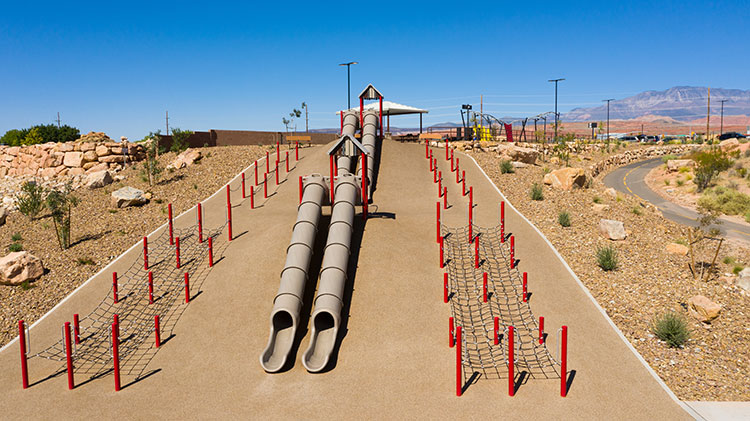
3. Community Health and Wellness
When the coronavirus (COVID-19) pandemic struck the U.S., many gyms and fitness centers closed their doors. These closures forced people to find alternative ways to exercise and promote fitness.
Communities throughout the country realized the importance of providing outdoor fitness areas. Whether it’s by installing a traditional outdoor fitness area or an outdoor obstacle course, communities will continue to provide physical fitness opportunities to people of all ages with outdoor fitness spaces in 2021.
Additionally, communities will utilize CDC guidelines to maintain outdoor recreation areas and keep them clean and disinfected. Outdoor hand sanitizer stations will continue to be an essential part of the park and playground infrastructure set.
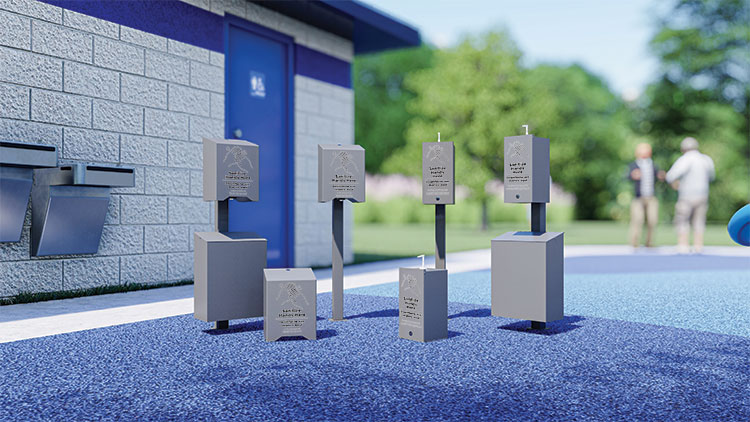
4. Using Outdoor Spaces for Learning
Also occasioned by the pandemic, outdoor classrooms and learning areas now replace or supplement many indoor classrooms. All data indicates this trend will continue through 2021 as more schools shift classes to an outdoor setting.
Outdoor classrooms encourage play and activity in children, and they counteract the reduction in recess time due to remote learning and hybrid class schedules. GameTime will accommodate these needs with outdoor site amenities like seating, tables, shelters, hand sanitizer stations and other outdoor products to help schools move classes outdoors.
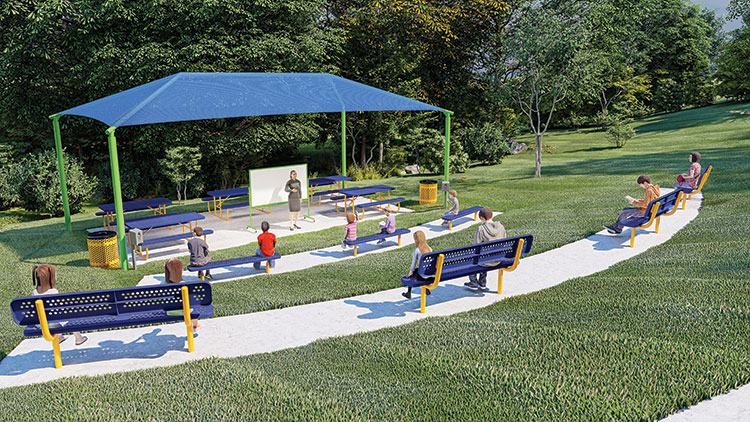
5. Environmentally Responsible Play and Activity
There is a growing interest in providing electronic, interactive play without the need for replaceable batteries. More than 15-billion expired batteries end up in landfills around the world each year. The answer to this environmental issue is human-powered electronics.
With human-powered electronic play, users engage in physical activity of some sort to “power-up” the activity. This may include turning a handle, repeatedly pressing a foot pedal or rotating a wheel. These innovative products feature sensory-rich experiences like lights and music, story-telling, or social games.
Because of their environmentally sustainable nature, lower maintenance costs, and fun, engaging activities, human-powered play products will power the imaginations of children throughout 2021.
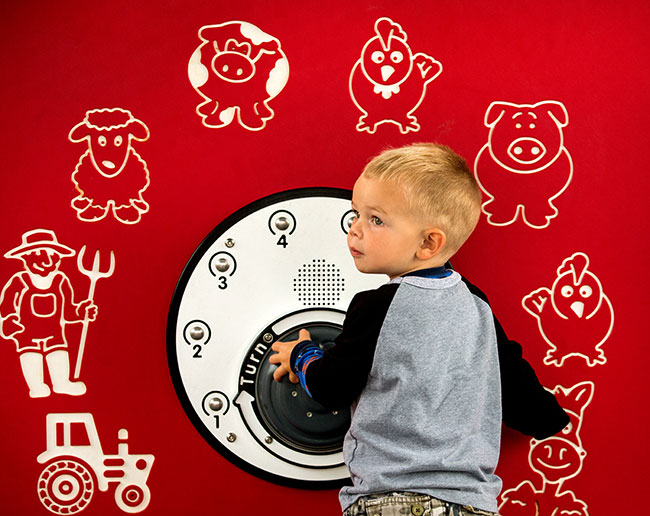
Looking to the Future
Although 2020 has been a tumultuous year, to say the least, these five trends point to one positive prospect for 2021: more human-to-human interactions. Perhaps now more than ever, people realize the value of social connections, even in a physically distanced environment. These trends will be instrumental in cultivating these connections in the coming years.
To learn more and to discover how you can incorporate these trends in your park or playground, contact the GameTime play expert in your neighborhood.
Kent Callison is the director of marketing at GameTime.

